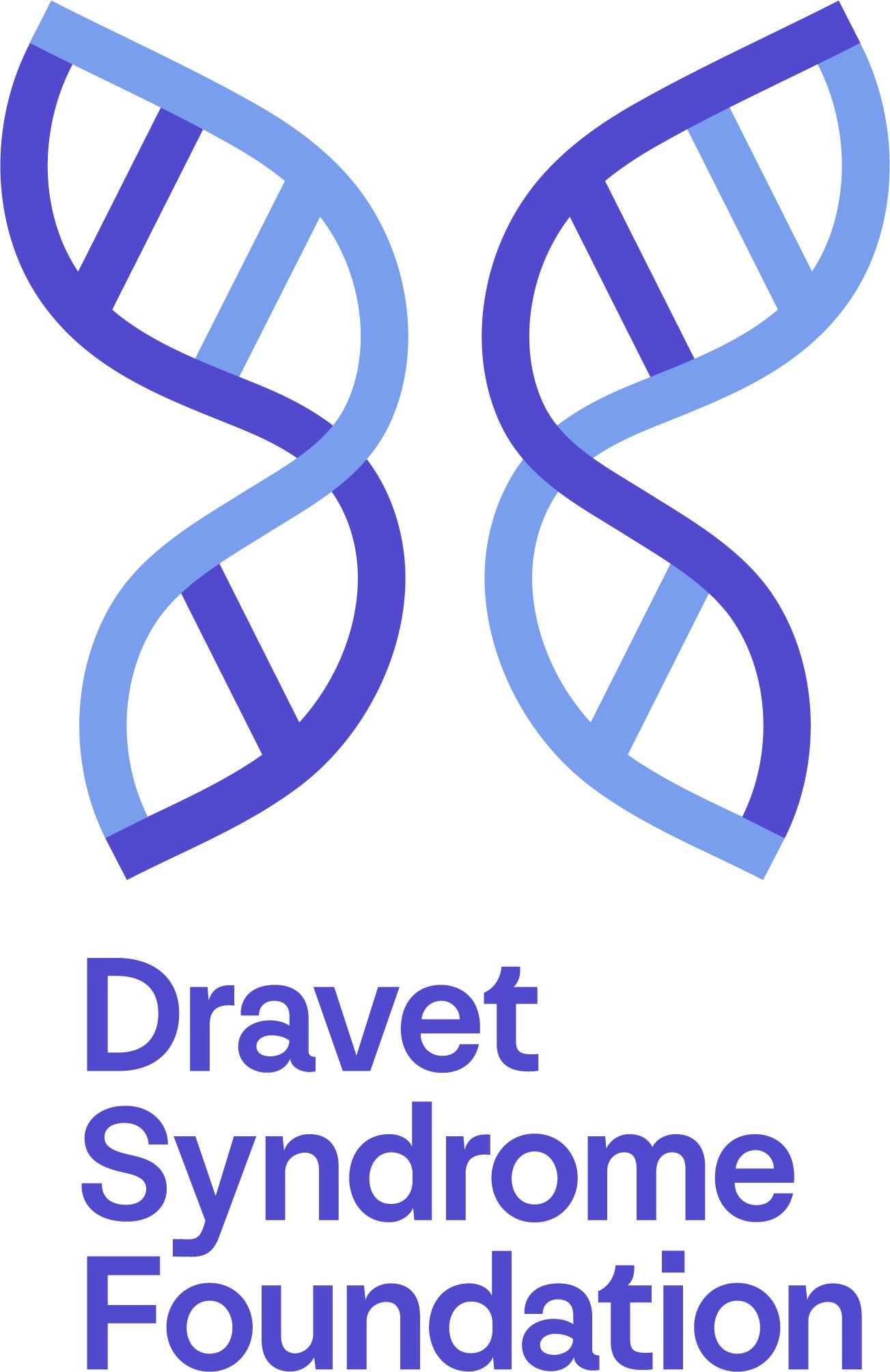
PAME 2020: A Parent's Perspective

A parent's perspective of the Partners Against Mortality in Epilepsy (PAME) 2020 meeting.
This content is courtesy of the Dravet Syndrome Foundation. To view the original post,
Sudden unexpected death in epilepsy (SUDEP) and mortality in epilepsy are important but scary topics for the Dravet syndrome (DS) community. It is important for our patient families to be informed on new research and updated guidelines to keep their loved ones safe. Every two years, Partners Against Mortality in Epilepsy (PAME) hosts a meeting to improve the understanding of, and to work towards, preventing epilepsy-related mortality. The conference grew from a collaboration from partners known as the SUDEP Coalition. The core founding partners included the
This year, PAME was reinvented as a two-hour session,
Here are my takeaways – as a parent with no medical background – from this year’s meeting.
The meeting opened with a family perspective from Libby and Victor Boyce. They shared the loss of their 20 year old son, Cameron, in 2019 to SUDEP. Cameron was a show business veteran well known for his work on the Disney channel, as well as multiple movies and tv shows. Cameron passed away after only his 5th seizure. His passing was even more difficult for his family because they had not received information from their healthcare provider on SUDEP and they had no idea that epilepsy could be fatal. They started
Dr. Elizabeth Donner (31:20 mark) then gave her presentation, Mortality in Epilepsy: Focus on Prevention. She spoke about the factors that contribute to mortality risk in people with epilepsy. She explained that people with epilepsy have a higher risk of mortality than the general public, and are more likely to die prematurely from epilepsy-related causes of death. She then broke down these causes of death into four categories: due to epilepsy (such as SUDEP, Status Epilepticus, and accidents); due to acute symptomatic seizures; indirectly due to seizures (such as aspiration pneumonia, suicide, or adverse medication effects); and due to underlying neurological condition (such as brain tumor or stroke). What I appreciated most about her presentation was her message that we need to focus on saving lives – we must talk about mortality in epilepsy so patients and their families can take precautions.
Next, Dr. Dan Friedman (45:50 mark) presented, Epilepsy Mortality Risk: Health Disparity due to Socioeconomic Status. His presentation focused on epilepsy mortality risk, particularly SUDEP, in underserved and under resourced communities and the impact of health disparities in epilepsy care. His study reviewed SUDEP deaths in three medical examiner’s offices in Maryland, New York and San Diego County from 2009-10 and from 2014-15. The areas that these offices covered represented a population of roughly 17M, with an estimated 160-201K epilepsy patients. He reviewed all deaths in these time periods and identified those that were tied to epilepsy, and further identified those that were definite, probable, or near-SUDEP. From there, he mapped out the deaths in epilepsy based on age, region, and adjusted income and could see that SUDEP deaths were up to 3 times higher among residents in the poorest zip codes versus the wealthiest zip codes. Health disparities associated with lower income communities, such as worse access to care, access to medications, less social support, stress, environmental factors and housing can affect overall seizure control and could lead to SUDEP. By addressing these issues through awareness, recognition by clinicians, and policy, Dr. Friedman believes we could reduce the risk of SUDEP.
Dr. Torbjorn Tomson (1:02:03 mark) presented, Why is SUDEP more common at night? He spoke about SUDEP mechanisms and timing lessons that came out of the 2013 MORTEMUS study, which was a milestone in SUDEP research. It was a multi-centre retrospective study examining SUDEP cases in epilepsy monitoring units. He also cited other studies that have found that SUDEP is more prevalent during sleep. But the question remains, why are nocturnal seizures associated with an increased risk, particularly for those who experience tonic-clonic seizures, and what preventive measures can we take? Based on several studies, we know that the patient being found in a prone position is prevalent in SUDEP. And, that nocturnal seizures are also more likely to be unwitnessed, which allows less opportunity for intervention. These studies suggest that nocturnal supervision through a monitoring device, roommate, or regularly checking on the patient may lower the risk of SUDEP by allowing for the opportunity for intervention and resuscitation.
In her presentation, What has basic science taught us about sleep and SUDEP?, Dr. Kristine Simeone (1:12:18 mark) discussed what we have learned from preclinical SUDEP animal models, including identified biomarkers that precede sudden death; how sleep deficiency may promote these biomarkers; and determining that improving sleep may increase the lifespan. She pointed out in her presentation that our body physiology follows many rhythms that run on a 24 hour cycle. These rhythms run on the ebb and flow of proteins – some increase in the day and lower at night and vice-versa. When these rhythms are disrupted, it may affect sleep, heart rate, respiration, blood gas stability, autonomic balance, and cognition – and all of these are associated with sudden death. Basic science research has also shown us that sleep can be a risky time for seizures. During sleep our respiration is slower. In an animal model, if a seizure was induced during non-REMS sleep, respiration slowed even more, EEG suppression was longer, and postictal apnea was longer. One of her studies showed that improving sleep stabilizes biomarkers and increases the lifespan in animal models. It is hypothesized that if we can target and stabilize these biomarkers and improve sleep, perhaps we can also increase the lifespan and prevent SUDEP.
Dr. Luria Lacuey (1:29:56 mark) and Dr. George Richerson presented, Sleep Apnea a Biomarker for SUDEP? Dr. Lacuey has an interest in the breathing dysfunction associated with SUDEP. She referenced the MORTEMUS study and the apnea data that was collected from patients that were being monitored at the time of SUDEP. Direct observation of central apnea occurred after the seizure, and onset was usually preceded or concurrent with bradycardia. In recent studies, Dr, Lacuey looked at the incidence and significance of apnea in seizures. She found that ictal (during the seizure) central apnea (ICA) occurs in 30-40% of seizures and typically resolves on its own. Prolonged ICA is rare, but can lead to oxygen desaturation. Postictal (after the seizure) central apnea occurs in 22% of seizures; can be immediate or delayed; concurrent bradycardia occurs in approximately 6% of seizures and may lead to near-SUDEP or SUDEP; and episodes can last up to 85 seconds. These studies suggest a possible link of apnea and SUDEP, suggesting identification and treatment of apnea in those with epilepsy could be a novel approach to risk prevention in SUDEP.
In Dr. Richerson’s (1:40:55 mark) presentation, he mentioned that the MORETMUS study established that terminal apnea is the cause of death in some SUDEP cases. We also know that many (approximately ⅓) of non-fatal seizures result in ictal or postictal apnea. Dr. Richerson asked: Is peri-ictal (before, during and after the seizure) apnea a useful biomarker in SUDEP and is there a more refined measurement of postictal respiratory dysfunction that is more closely linked to SUDEP? A postdoctoral student in the Richerson Lab used a DS mouse model to show that SUDEP was due to seizure-induced respiratory arrest. A subsequent project by a graduate student in the Richerson Lab discovered that the carbon dioxide response was impaired in the DS mouse model after seizures. With these findings, Dr. Richerson suggests that the results from these studies offer these top takeaways for clinical care: (1) respiratory monitoring should be standard in the epilepsy monitoring unit; (2) that central apnea may be a common marker for SUDEP; (3) hypercapnic (too much carbon dioxide) ventilatory response, which can easily be performed bedside, may be a biomarker of high risk of SUDEP; and (4) prevention of SUDEP might be most effective in targeting these underlying mechanisms.
The SUDEP Coalition Summit update (1:57:58 mark) was led by Dr. Lori Isom, DSF Scientific Advisory Board Co-Chair, and Sally Schaeffer, the Epilepsy Foundation’s SUDEP Institute Director. The coalition was developed and convened in 2019, with the goal of developing an action plan to advance our understanding of the mechanisms for SUDEP, which will lead to improved SUDEP risk assessment tools, and improve awareness and accurate counting of SUDEP cases and ultimately end SUDEP. The coalition is composed of 50 participants from around the world and is co-chaired by Drs. Lori Isom and Dan Friedman. It is divided into four workgroups who have final recommendations in awareness and behavior; clinical action; basic science; and epidemiology/public health. They are currently working to identify new and established funding partnerships to move the working group’s recommendations forward, with the Child Neurology Foundation agreeing to lead the partnership for implementation of the awareness and behavioral recommendations.
The 2020 session is archived and available for viewing on the
Newsletter
Keep your finger on the pulse of neurology—subscribe to NeurologyLive for expert interviews, new data, and breakthrough treatment updates.






































